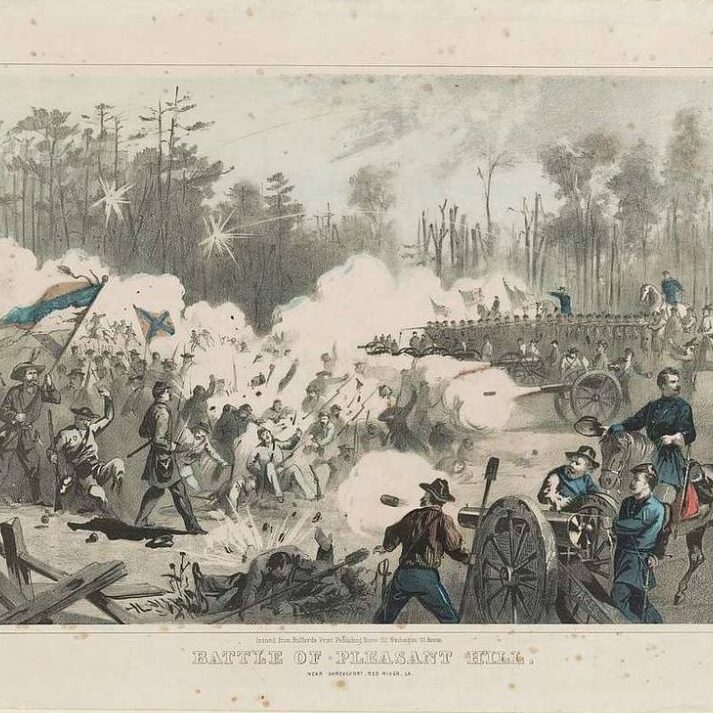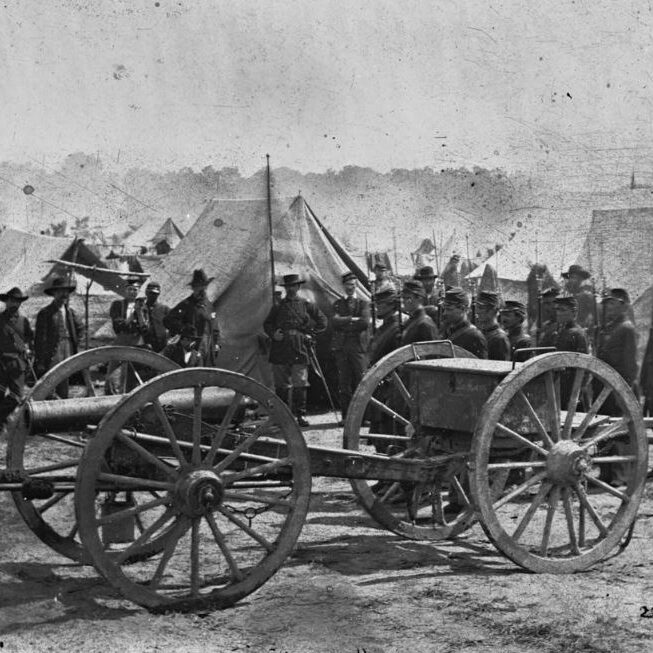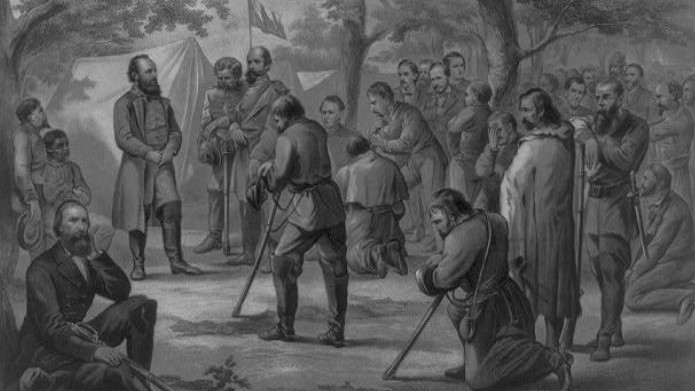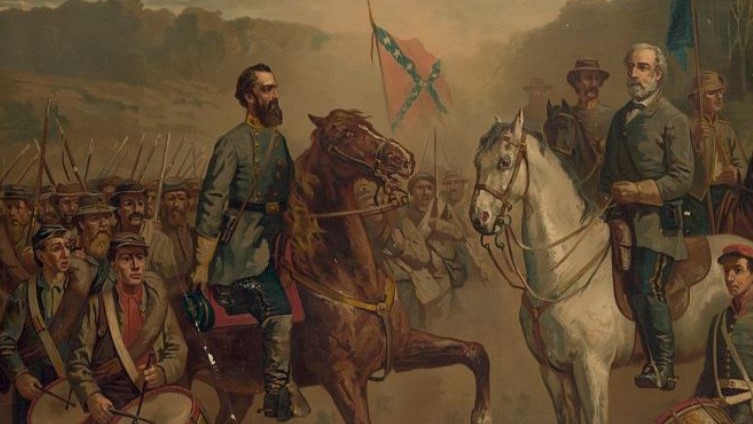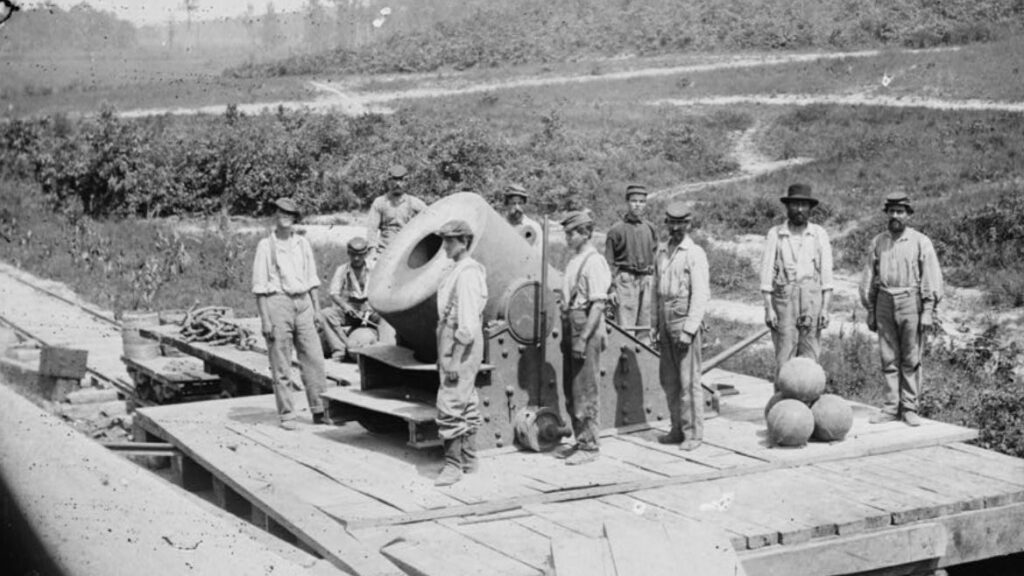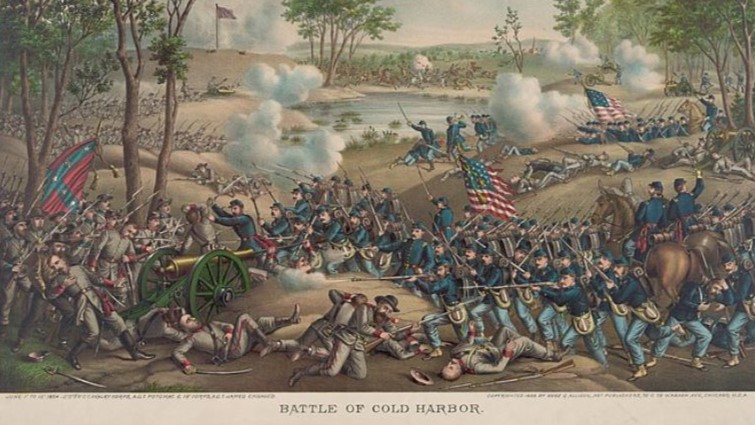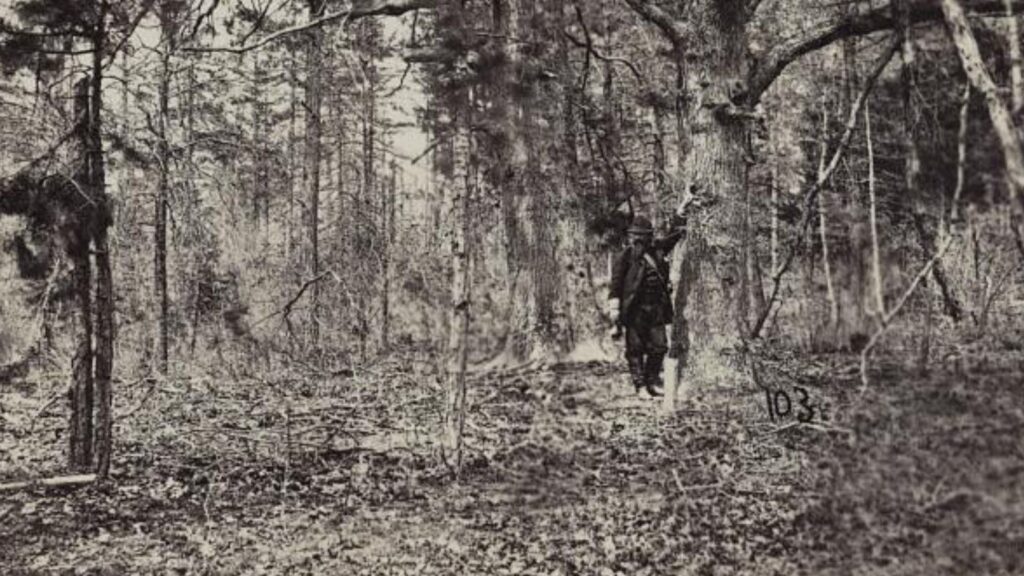The Battle of Pleasant Hill took place on April 9, 1864, during the Red River Campaign of the American Civil War.
The battle occurred near Pleasant Hill, Louisiana, between Union forces commanded by Major General Nathaniel P. Banks and Confederate forces led by Major General Richard Taylor. The engagement was essentially a continuation of the Battle of Mansfield, which had occurred the previous day.
In this article, we explore the dramatic events that unfolded and discover the ultimate victor of this historic battle.
1. The Prelude to Pleasant Hill
In the spring of 1864, Confederate-controlled Louisiana found itself confined to the northwestern part of the state, as the capital shifted from Opelousas to Shreveport.
The diminishing Confederate presence prompted President Abraham Lincoln to greenlight an offensive, marking the inception of the Red River Campaign.
The primary goal was to eliminate the remaining Confederate forces in Louisiana, consolidating Union control over the region.
The Red River Campaign: The Three-Pronged Approach
The Red River Campaign unfolded as a meticulously planned three-pronged approach, strategically executed to exert maximum pressure on the Confederate forces.
Major General Nathaniel P. Banks led a robust Union force advancing from the south, with the objective of penetrating southern Louisiana and capturing Shreveport.
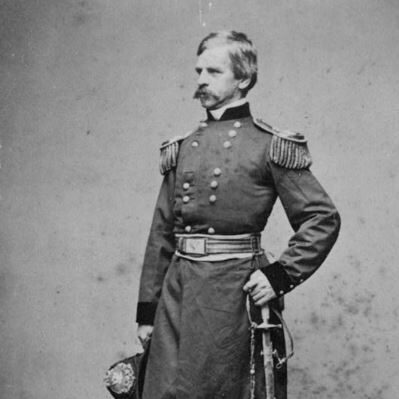
Simultaneously, Rear Admiral David Dixon Porter orchestrated a naval component, moving a substantial fleet up the Red River to join forces with Banks at Alexandria.

Major General Frederick Steele played a pivotal role in the campaign’s strategy, leading a contingent of Union soldiers approaching from the north or east. His mission was to converge with Banks and Porter after advancing from Little Rock, Arkansas, effectively encircling and applying pressure on the remaining Confederate forces.
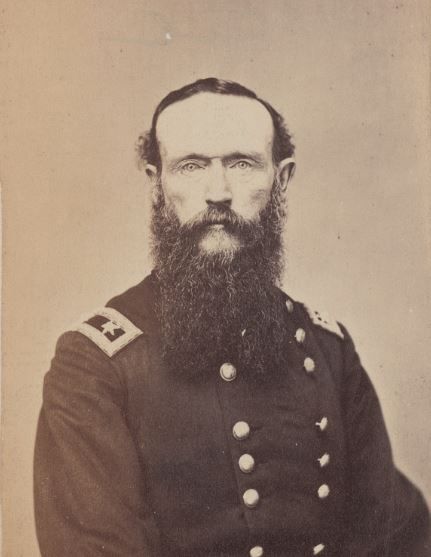
The Red River Campaign Unfolds: A Coordinated Effort
The comprehensive military strategy showcased coordinated efforts on both land and water.
Banks, Porter, and Steele synchronized their movements to secure strategic points along the Red River and eliminate Confederate resistance in Louisiana. This approach sought to tighten the Union grip on the southern states, marking a critical phase in the Civil War.
The success of the Red River Campaign was pivotal for Union aspirations, strategically positioning them for future engagements and contributing to the broader goal of quelling Confederate forces in the region.
This ambitious offensive set the stage for significant battles, including the engagements at Mansfield and Pleasant Hill, which played out in the Louisiana theater of the Civil War.
Initial Successes and Setbacks
The Red River Campaign was initiated on March 12, 1864. The campaign’s early stages showcased initial successes for the Union, setting a tone of optimism among the Northern ranks.
As the campaign kicked off, Rear Admiral David Dixon Porter’s fleet made a formidable entry into the Red River from the Mississippi River on March 12.
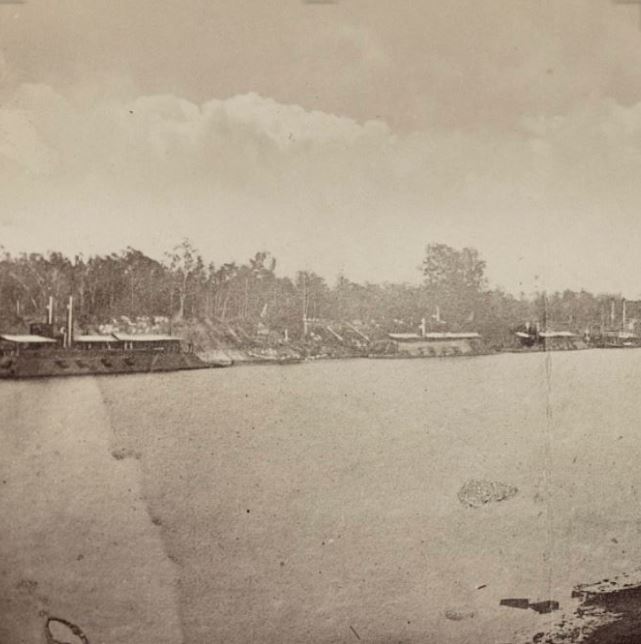
The Union forces, under the command of Major General Nathaniel P. Banks, experienced early triumphs, with Brigadier General Andrew Jackson Smith’s soldiers overrunning Fort DeRussy on March 14. These victories buoyed Union spirits and seemed to set the stage for a successful campaign.
However, the tides of war took a decisive turn on April 8 at the Battle of Mansfield.
Banks, leading his forces through southern Louisiana, encountered a formidable Confederate presence commanded by Major General Richard Taylor. In a surprising and devastating Confederate victory, Banks suffered a significant defeat, leading to a retreat of the Union forces.
The Battle of Mansfield not only inflicted heavy casualties on the Union but also resulted in the loss of crucial supplies.
The Retreat to Pleasant Hill
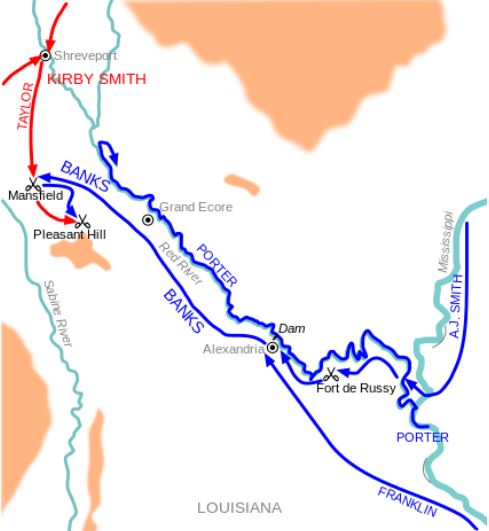
In the wake of the defeat at Mansfield, Banks ordered a strategic retreat, withdrawing his forces towards the village of Pleasant Hill.
The Confederate commander, Major General Richard Taylor, seized the opportunity presented by the Union retreat and pursued the Northern army with the clear intention of delivering a decisive blow and destroying the Union force entirely.
With determination, Taylor pursued Banks and his troops, aiming to capitalize on the momentum gained at Mansfield and solidify Confederate control over northwestern Louisiana.
As the Union forces retreated to Pleasant Hill, the stage was set for a pivotal engagement that would unfold on April 9, 1864.
The Battle of Pleasant Hill would determine the course of the Red River Campaign. The pursuit and subsequent clashes highlighted the volatility characterized by this the campaign.
2. Battle of Pleasant Hill
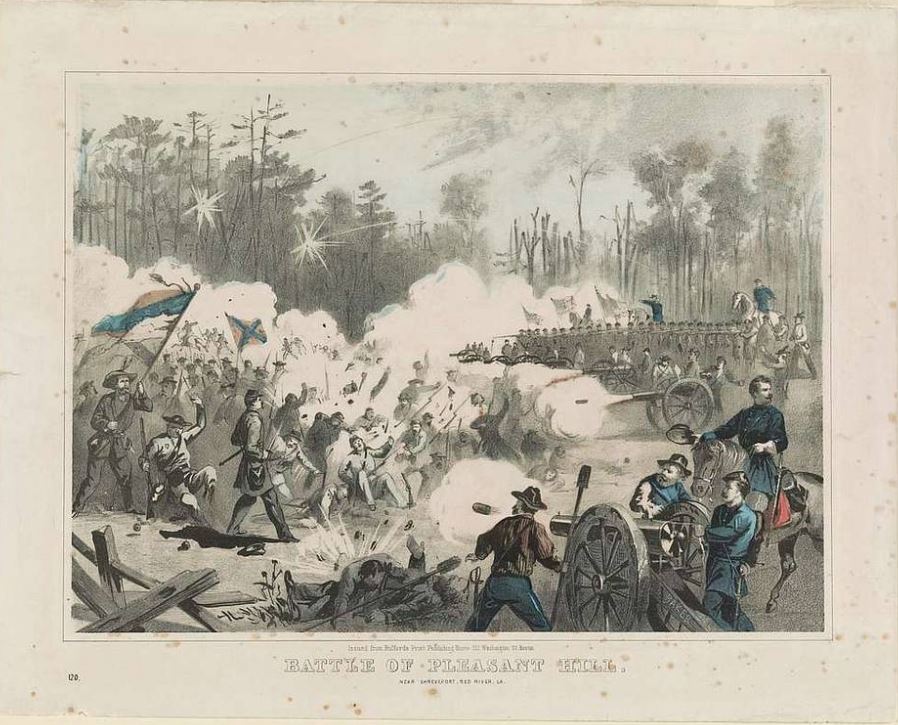
Battle of Pleasant Hill Unfolds: Taylor’s Ambitious Assault
On April 9, 1864, the Battle of Pleasant Hill unfolded as Major General Richard Taylor, the Confederate commander, launched a daring assault against the newly reinforced Union forces stationed at Pleasant Hill, Louisiana.
The engagement marked a crucial moment in the Red River Campaign, with Taylor seeking to capitalize on the demoralized state of the Union army following their defeat at Mansfield.
Confederate Strategy: Flanking and Cutting Off Escape Routes
Despite being outnumbered, Taylor possessed a strategic vision that aimed to exploit what he perceived as the Union army’s hesitancy after the setback at Mansfield.
Taylor’s Confederate forces executed an ambitious assault, intending to flank the Union lines and cut off their potential escape routes. The audacious move was a calculated risk, relying on the belief that the Union forces, though reinforced, would be hesitant and potentially vulnerable.
Brigadier General Churchill’s Attack: Initial Success
Brigadier General Thomas J. Churchill played a pivotal role in the Confederate strategy, leading an attack on the Union left flank.
This maneuver successfully caused a retreat among the Union troops, creating a momentary advantage for the Confederate forces. The success of Churchill’s assault appeared to be a turning point in the battle.
However, the Union forces, recognizing the perilous situation, swiftly adjusted their tactics.
The Union possessed a stronger artillery battery, which inflicted significant casualties on the advancing Confederate infantry, slowing their momentum and disrupting their formations.
And when Confederate General Thomas J. Churchill’s flank maneuver threatened the Union center, Union troops quickly countered by attacking his right flank, forcing his division to retreat and breaking the momentum of the entire Confederate attack.
However, it’s important to note that the strategic outcome of the battle remained debated. While the Union technically “won” by driving the Confederates from the field, they ultimately retreated further down the Red River, abandoning their campaign goals.
Therefore, the Battle of Pleasant Hill stands as a complex encounter with a tactical Union victory but a strategic stalemate within the larger campaign.
3. The High Casualties during the Battle of Pleasant Hill
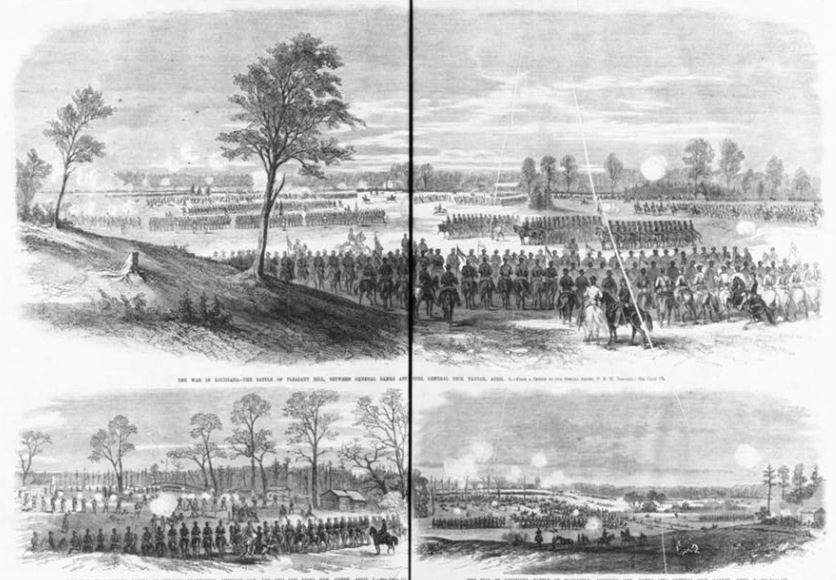
The Battle of Pleasant Hill exacted a heavy toll on both sides, with estimates suggesting significant casualties. Approximately 1,350 Union soldiers and 1,650 Confederate soldiers were killed or wounded during the fierce and bloody engagement.
The casualties underscored the ferocity of the fighting and the grim realities faced by those on the front lines of the Civil War.
4. The Battle of Pleasant Hill: Aftermath
The Union secured a tactical triumph by repulsing the Confederate attack and inflicting heavier casualties.
The Union’s resolve underscored their military prowess in the face of adversity.
The battle’s aftermath witnessed a nuanced interplay of decisions and events that shaped the overall trajectory of the Red River campaign.
Strategic Success for Major General Taylor
However, the strategic implications of the Battle of Pleasant Hill favored the Confederate commander, Major General Richard Taylor.
The demoralization and lack of confidence that permeated the Union ranks following the defeat at Mansfield were further exacerbated by the challenges encountered at Pleasant Hill.
Major General Nathaniel P. Banks, facing a deteriorating situation, made the strategic decision to abandon the initial plan of capturing Shreveport. Instead, he initiated a full retreat down the Red River, conceding strategic ground to the Confederates.
General Smith’s Decisions
The overall outcome of the Red River Campaign was not solely determined by the battles but was significantly influenced by subsequent events and decisions.
The dynamics between Confederate generals Richard Taylor and Edmund Kirby Smith after the Battle of Pleasant Hill on April 9, 1864, were tense and complicated, fueled by a cocktail of strategic disagreements, personal differences, and the pressure of a failing campaign.
Taylor advocated for a more aggressive strategy, seizing opportunities to attack and inflict casualties on the Union army. Smith, however, favored a defensive approach, conserving resources and focusing on protecting vital territory. This fundamental difference in their visions for the campaign created friction.
Smith remained fixated on supporting the Confederate siege of Vicksburg, Mississippi, and viewed the Red River Campaign as a distraction.
Smith, known for his stern and demanding demeanor, frequently clashed with Taylor’s independent and somewhat arrogant personality. This clash of egos further exacerbated their strategic disagreements.
The Confederates Continue to Harass the Union
Despite the Union’s victory at Pleasant Hill, the campaign did not conclude with a triumphant march for Banks.
The Confederates, under Taylor’s command, continued to harass the retreating Union forces, maintaining pressure and preventing them from regaining strategic initiative.
The Battle of Pleasant Hill, with its intricate blend of tactical engagements and strategic repercussions, served as a pivotal moment in the Red River Campaign, influencing the overall narrative of the Civil War in the Louisiana theater.
Further Reading
If you enjoyed this article, you may be interested to read more about Louisiana in the Civil War or other American Civil War events, such as battles in Maryland, North Carolina or more general American history.

